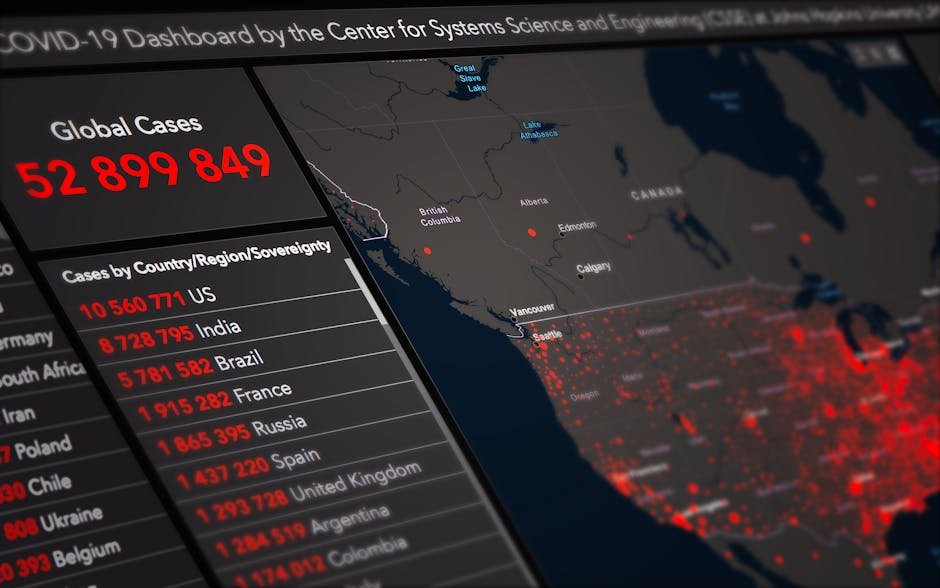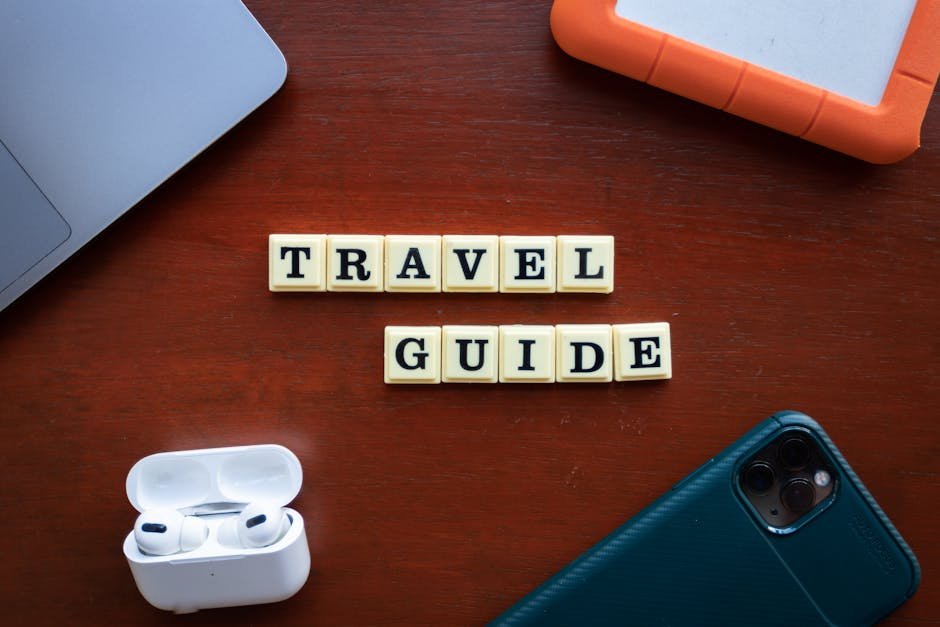If you’re a digital nomad, expat, or just planning a long-term stay in Thailand, opening a bank account is a game-changer. It’s especially crucial if you’re on the Destination Thailand Visa (DTV), which requires showing 500,000 THB (~$13,665 USD) in a bank account for eligibility. A Thai bank account makes life easier—think paying rent, avoiding crazy ATM fees, or managing visa requirements. This guide walks you through how to open a bank account in Thailand as a foreigner in 2025, covering steps, documents, costs, and tips. Let’s get started!
Why Open a Bank Account in Thailand?
A Thai bank account simplifies your life in countless ways, whether you’re sipping coffee in Chiang Mai or exploring Bangkok’s nightlife. Here’s why it’s a must:
- Convenience: Pay bills, rent, or street food vendors via mobile apps or QR codes, which are everywhere in Thailand.
- Save Money: Skip the 220 THB (~$6) ATM fees for foreign cards and bad exchange rates.
- Visa Compliance: DTV, Retirement (O-A), and other long-term visas require funds in a Thai account (e.g., 400,000–800,000 THB for visa extensions).
- Local Transactions: Receive freelance payments, salaries, or pensions directly without international transfer hassles.
- Debit Card Access: Use a Thai debit card for local purchases and ATMs, though some international online payments may need workarounds like Wise.
Eligibility for Foreigners
Good news: foreigners can open bank accounts in Thailand, but requirements vary by bank, branch, and visa type. The DTV, as a non-immigrant visa, makes things easier, but even tourists can sometimes open accounts at lenient branches. Here’s what you need to know:
- Visa Type: Non-immigrant visas (DTV, Non-Immigrant B, O-A, ED) or Thailand Elite Visa are widely accepted. Tourist visa holders face stricter rules but can succeed at certain banks.
- Residency: Proof of a Thai address is usually required.
- Minimum Deposit: Typically 1,000 THB (~$27) for savings accounts; higher for non-resident accounts (e.g., $1,000 USD at Bangkok Bank).
Required Documents
Banks have slightly different rules, but here’s the standard list of documents you’ll need in 2025:
- Passport: Valid for at least 31 days (ideally 6+ months). Bring the original and a copy of the photo page and current visa stamp.
- Visa: Non-immigrant visa (e.g., DTV) or proof of long-term stay. Tourist visa holders may need extra documents like an embassy letter.
- Proof of Address: One of the following:
- Rental/lease agreement (in your name or with landlord’s permission).
- Utility bill (e.g., water, electricity) in your name.
- Certificate of Residence from your local immigration office or embassy.
- House registration book (Tabien Baan) if available.
- Additional Documents (if required):
- Work permit (for current accounts or stricter branches).
- Letter of reference from your home bank, embassy, or a Thai organization (e.g., employer, school).
- Proof of income (e.g., bank statements, payslips) for some accounts.
- For DTV holders: Proof of 500,000 THB in a bank account (can be foreign initially but Thai account needed for extensions).
- Thai Phone Number: Essential for mobile banking setup and account verification.
- For Thailand Elite Visa Holders: Thailand Elite Membership Card and Privilege/Special Entry Visa (PE/SE).
Tip: Bring multiple copies of documents, and if they’re not in Thai or English, get them translated and certified (cost: ~1,000–3,000 THB). Always call the branch ahead to confirm requirements.
Step-by-Step Process to Open a Bank Account
Ready to get started? Follow these steps to open your Thai bank account:
Step 1: Choose a Bank
Pick a foreigner-friendly bank with branches in your area. Top choices for 2025 include:
- Bangkok Bank: Thailand’s largest bank, with international branches and lenient policies for foreigners, including tourists at some branches.
- Kasikorn Bank (KBank): Popular with expats, especially in urban areas with English-speaking staff.
- Siam Commercial Bank (SCB): Thailand’s oldest bank, welcoming to foreigners in tourist hubs like Pattaya or Phuket.
- CIMB Thai: Easiest for tourist visa holders, with a low 1,000 THB deposit.
- UOB: Flexible since acquiring Citibank’s consumer banking in 2022.
- Krung Thai Bank (KTB): Government-owned, good for rural areas but stricter for foreigners.
Best Pick for DTV Holders: Bangkok Bank or Kasikorn, due to partnerships with Thailand Elite and DTV programs.
Step 2: Select a Branch
Visit a branch in expat-heavy areas (e.g., Bangkok’s Siam, Silom, Sukhumvit; Chiang Mai’s Nimmanhaemin; Pattaya) for better English support and relaxed rules. Rural branches may be stricter.
Step 3: Gather Documents
Prepare your passport, visa, proof of address, and any additional documents. For DTV holders, include proof of 500,000 THB or remote work contracts to strengthen your application.
Step 4: Visit the Branch
Most banks require an in-person visit to verify documents and sign forms. Be prepared to sign multiple documents—it’s standard in Thailand.
Step 5: Complete the Application
Fill out the bank’s application form, typically in Thai or English. Staff will photocopy your documents and may request extras like an embassy letter for tourist visa holders.
Step 6: Make a Deposit
Deposit the minimum amount (e.g., 1,000 THB for savings accounts, $1,000 USD for Bangkok Bank’s non-resident accounts).
Step 7: Receive Account Details
Get a passbook, debit/ATM card, and mobile banking setup (subject to manager approval). Some banks may require purchasing insurance (~7,900 THB) for mobile banking or tourist accounts.
Processing Time: Usually 1–2 hours if documents are complete.
Account Types
- Savings Account: Easiest to open, includes a passbook and debit card. Perfect for digital nomads and tourists.
- Current Account: Requires a work permit, offers a checkbook. Ideal for business owners.
- Fixed-Term Account: Higher interest but locks funds (e.g., 6 months–3 years). Interest rates for foreigners may vary.
- Foreign Currency Deposit (FCD) Account: Holds foreign currencies (e.g., USD, EUR). Requires a higher deposit (e.g., $1,000 USD).
Financial and Cost Analysis
Opening a bank account in Thailand is affordable, but here’s a breakdown of costs:
- Application Fee: Usually free, though debit card issuance may cost 200–500 THB.
- Minimum Deposit: 1,000 THB (~$27) for savings accounts; $1,000 USD for non-resident accounts.
- Annual Fees: Debit card or maintenance fees (~200–500 THB/year).
- ATM Fees: 15 THB for out-of-province withdrawals; 220 THB for foreign card withdrawals (avoided with a Thai account).
- Insurance (Optional): ~7,900 THB for mobile banking or tourist accounts at some banks.
- Document Costs: Translation/certification (~1,000–3,000 THB), Certificate of Residence (~500–1,000 THB).
- Living Costs: $800–$1,200/month in cities like Bangkok or Chiang Mai, excluding visa fees.
Total Upfront Cost: ~1,500–10,000 THB ($40–$270), depending on account type and documents.
Comparison of Top Banks for Foreigners
| Bank | Minimum Deposit | Visa Types Accepted | Key Features | Best For |
|---|---|---|---|---|
| Bangkok Bank | 1,000 THB / $1,000 USD (non-resident) | DTV, Non-Immigrant, Tourist (select branches) | International branches, DTV-friendly | DTV holders, expats, tourists |
| Kasikorn Bank | 1,000 THB | DTV, Non-Immigrant | English-speaking staff, mobile banking | Urban expats, DTV holders |
| Siam Commercial | 1,000 THB | DTV, Non-Immigrant, Tourist | Wide branch network, tourist-friendly | Tourists, Pattaya/Phuket expats |
| CIMB Thai | 1,000 THB | Tourist, DTV, Non-Immigrant | Easiest for tourists, low deposit | Tourists, short-term visitors |
| UOB | 1,000 THB | DTV, Non-Immigrant | Flexible post-Citibank acquisition | Business owners, expats |
| Krung Thai | 1,000 THB | Non-Immigrant | Good for rural areas, stricter rules | Long-term residents |
Analysis of Pros and Cons
- Bangkok Bank: Most flexible, with global reach and DTV support, but some branches are strict for tourists.
- Kasikorn: Great for urban expats, but rural branches may lack English support.
- CIMB Thai: Easiest for tourists, but fewer branches and limited international services.
- SCB: Reliable in tourist areas, but stricter in rural locations.
- UOB: Modern but less tested for foreigners.
- Krung Thai: Affordable but less foreigner-friendly.
Detailed Analysis and Challenges
Thailand’s banking system, regulated by the Bank of Thailand, is foreigner-friendly but varies by branch and manager. The 2025 e-Registration system for visas (like DTV) has made banks more open to non-immigrant visa holders, but challenges remain:
- Branch Variability: Policies differ (e.g., Bangkok Bank in Phuket is more lenient than in rural areas).
- Language Barriers: Staff outside urban areas may speak limited English; bring a Thai-speaking friend or translation app.
- Tourist Visa Hurdles: Some banks require a Certificate of Residence or embassy letter, costing time and money.
- Mobile Banking: Approval is case-by-case; insurance purchase may be required.
DTV Advantage: The DTV’s 500,000 THB requirement aligns with bank account needs, making approval easier at banks like Bangkok Bank, especially with Thailand Elite partnerships.
Internal Link: For more on managing finances as a digital nomad in Thailand, check out our guide on Living in Thailand as a Digital Nomad.
Tips for a Smooth Process
- Call Ahead: Confirm branch requirements to avoid wasted trips.
- Visit Expat Areas: Branches in Bangkok (Sukhumvit, Silom), Chiang Mai (Nimmanhaemin), or Phuket are more foreigner-friendly.
- Highlight DTV Status: Show your DTV approval and 500,000 THB proof to strengthen your application.
- Use Agencies: Firms like Siam Legal can arrange appointments and documents (~$100–$200).
- Consider Wise: If you face delays, use a Wise account to hold THB and manage transfers until your Thai account is ready.
- Get a Thai SIM: A local number (e.g., AIS, True) is required for banking apps (~200–500 THB/month).
Official Link
For the latest banking regulations and to verify branch policies, visit the Bank of Thailand: www.bot.or.th. This official resource governs all Thai banks and ensures compliance with financial rules.
Conclusion
Opening a bank account in Thailand in 2025 is a straightforward process for foreigners, especially DTV holders, with banks like Bangkok Bank and Kasikorn leading the way. By preparing documents (passport, visa, proof of address), choosing a foreigner-friendly branch, and depositing as little as 1,000 THB, you can set up a savings account in 1–2 hours. This unlocks easy transactions, visa compliance, and cost savings, letting you focus on enjoying Thailand’s vibrant culture. Whether you’re a digital nomad or long-term resident, a Thai bank account is your key to a seamless stay. Get started today and make Thailand your home!







